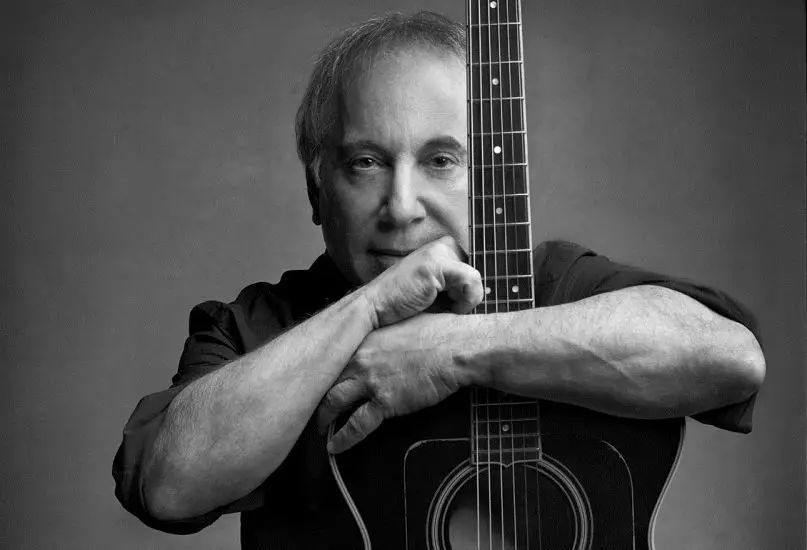Paul Simon Songs Ranked
Paul Frederic Simon (born October 13, 1941) is an American musician, singer, songwriter, and actor. Simon’s musical career has spanned over six decades. He reached fame and commercial success as half of the duo Simon & Garfunkel, formed in 1956 with Art Garfunkel. Simon wrote nearly all of their songs, including US number-one singles “The Sound of Silence”, “Mrs. Robinson”, and “Bridge over Troubled Water”.
After Simon & Garfunkel split up in 1970, at the height of their popularity, Simon began a successful solo career. He recorded three acclaimed albums over the following five years. In 1986, following a career slump, he released Graceland, an album inspired by South African township music, which sold 14 million copies worldwide and remains his most popular solo work. Simon also wrote and starred in the film One-Trick Pony (1980) and co-wrote the Broadway musical The Capeman (1998) with the poet Derek Walcott. On June 3, 2016, Simon released his 13th solo album, Stranger to Stranger, which debuted at number one on the Billboard Album Chart and the UK Albums Chart. In 2011, Rolling Stone named Simon one of the 100 greatest guitarists, and in 2015 he was ranked eighth in their list of the 100 Greatest Songwriters of All Time. Simon was the first recipient of the Library of Congress’s Gershwin Prize for Popular Song in 2007. Here are all of Paul Simon’s songs ranked.
Don’t miss out on the TIMELESS music of Paul Simon! Click and enjoy outstanding songwriting from this multi-awarded artist!
20. The Boy in the Bubble (Graceland, 1986)
“Probably the best song on the overrated “Graceland” project, “The Boy In The Bubble” throws us a succession of images reflecting so-called progress in the modern world and sets it to a restless, driving beat and that unusual droning bass.”
19. Hearts and Bones (Hearts and Bones, 1983)
“A perfect example of intelligent pop album. Nice music with some really brilliant lyrics. Quite strong release in Simon discography but not my favourite one.”
18. One-Trick Pony (One-Trick Pony, 1980)
“Recorded live for the eponymous film soundtrack and yet still sounds as lifeless as a slice of processed cheese. There’s a decent song buried under the sub Steely Dan muzak, with a good lyric which manages to insert the challenging phrase “herky-jerky” to good effect, but in the end the audience sound as muted as the band.”
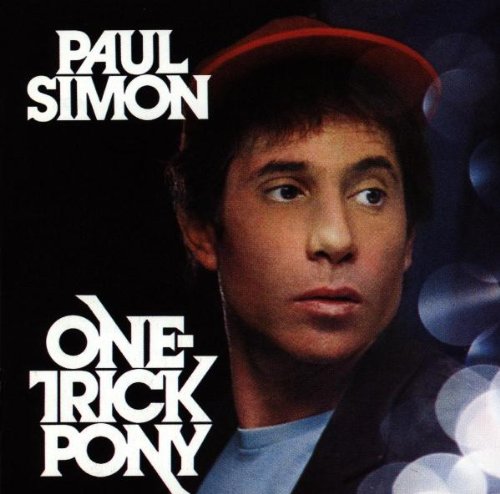
17. Rene and Georgette Magritte with Their Dog After the War (Hearts and Bones, 1983)
“A very good album, and very underrated. The uptempo songs are not top class, but the title track is among the best Paul Simon has ever written.”
See more: Paul Simon Albums Ranked
16. Have a Good Time (Still Crazy After All These Years, 1975)
“Have a Good Time has the bluesy guitar of Joe Beck and ends with a sax solo by Phil Woods. Paul Simon doesn’t need to sound spectacular or arouse controversy. Just a bunch of quality recordings of well-written songs will do.”
15. Still Crazy After All These Years (Still Crazy After All These Years, 1975)
‘No offense to “50 Ways to Leave Your Lover”, but this is the song that should’ve made number 1 from the Still Crazy After All These Years album. The worst part? The song only made number 40 on the charts. In my opinion this is up there with some of Simon’s best material.
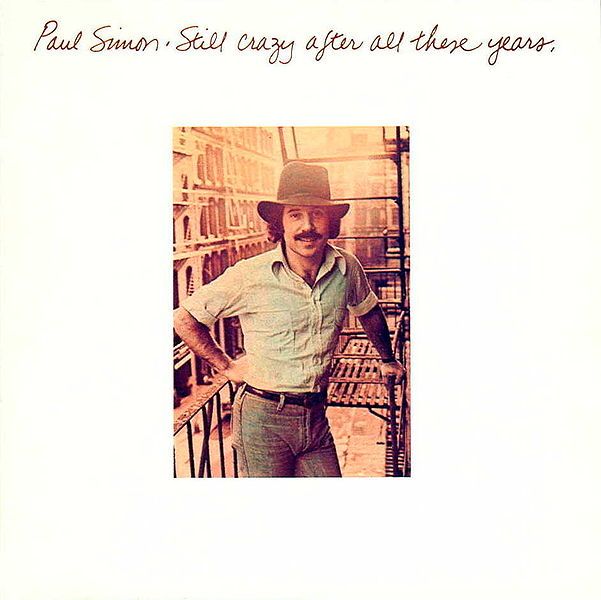
14. Duncan (Paul Simon, 1972)
“Duncan is a sumptuous song with lyrics that I did not stop at the first listen, but on the second I realized the shift of the Andean flutes and the acoustic guitar of Paul Simon undercover of a voice which didn’t seem to fit the situation.”
13. Slip Slidin’ Away (Still Crazy After All These Years, 1975)
“The title gives it away as it has that trademark blissed-out L.A. sound which the makers of Horlicks could bottle and make a fortune from, but there’s an interesting lyric and a reasonably persuasive melody fighting to keep your eyelids open, this time.”
12. Graceland (Graceland, 1986)
“1986’s Graceland was a career-revitalizing masterstroke for Paul Simon. A massive critical and commercial success, the album was also the boldest artistic – and inadvertently, political – statement of his career as well. Working with a talented cast of South African musicians, Simon created an expressive instrumental palette for his most impressionistic lyrics to date.”
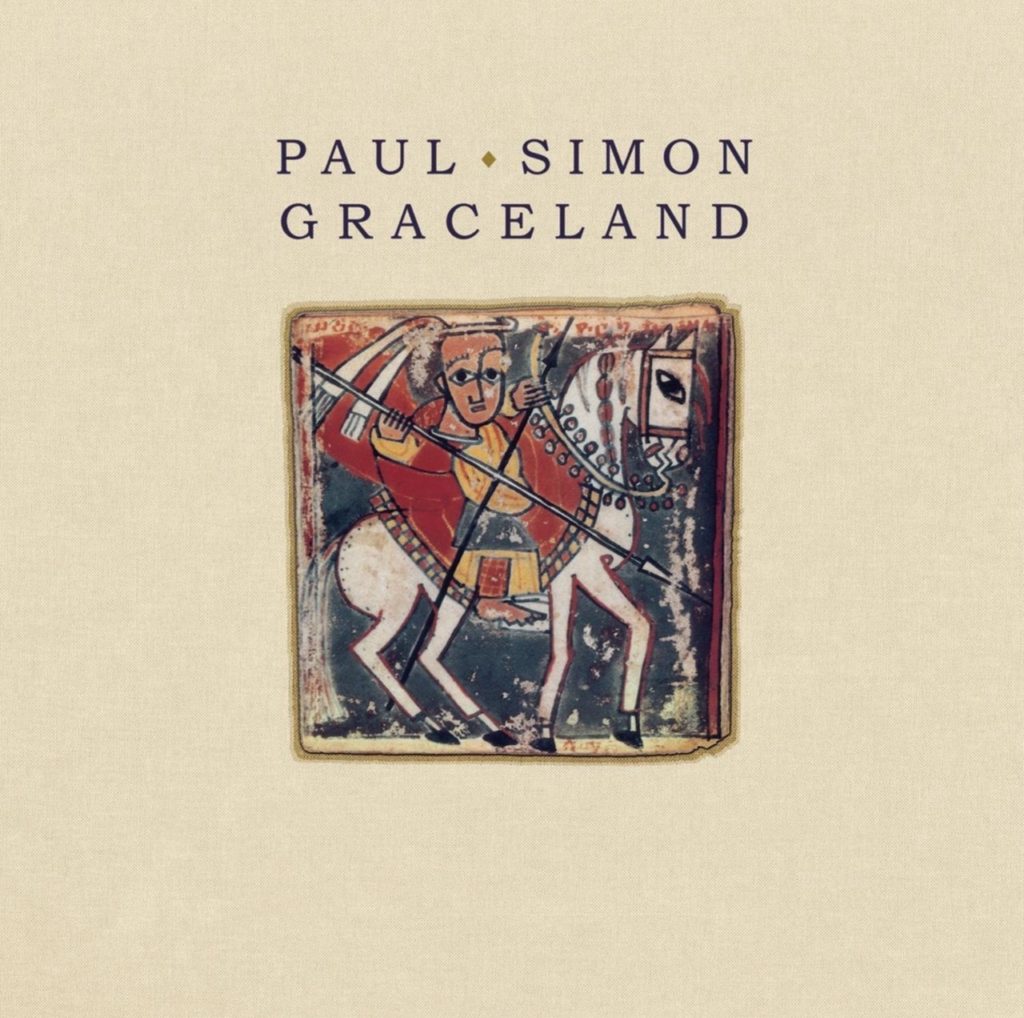
11. St. Judy’s Comet (There Goes Rhymin’ Simon, 1973)
“,I like his lullaby to his then young son (Harper) this song “St. Judy’s Comet” reminds me of my own efforts in trying to get my kids to sleep, although thankfully I didn’t have the same hang ups of being a famous dad but I find it kind of endearing that Paul shares with us all”
10. Diamonds on the Soles of Her Shoes (Graceland, 1986)
“The album granted suburbanites an entry point into several “world” music genres, although I’m guessing 97% of them didn’t pursue any of them any further, and 95% of what was left stopped after getting Shaka Zulu (and listening to it once). But hey, it was a nice gesture. Ladysmith Black Mambazo (not Lady Blacksmith Mambazo, as I kept calling them) opens the song and provides pretty accents to this bizarre tale. The narrative gets more than a bit muddled (is Paul the “poor boy”? what happened after they slept in the doorway?), but it’s not a bad listen.
9. Loves Me Like a Rock (There Goes Rhymin’ Simon, 1973)
“It’s that groove indeed. A different kind of rock to the one Paul sang about in his early Simon and Garfunkel days, this tune radiates good feeling from the moment the Dixie Hummingbirds give the key-note at the start in this old-style evangelical rave up. No question that the Hummingbirds commit grand larceny here though, particularly the velvety tenor.”

8. Train in the Distance (Hearts and Bones, 1983)
“This is a great record and easily my favourite solo release by Paul Simon. For a record released in 1983 it has dated surprisingly well and those early 80’s electronic flourishes really add something distinguishing to this album.”
7. 50 Ways to Leave Your Lover (Still Crazy After All These Years, 1975)
“50 Ways to Leave Your Lover” is an iconic song, for all of its positives and negatives. On the plus side, the wit of its narrative establishes the song as a classic. Placing the lyrical sentiment of unrepentant infidelity into the mouth of the narrator’s mistress makes the song was a stroke of genius:”
See more: Pentangle Albums Ranked
6. Kodachrome (There Goes Rhymin’ Simon, 1973)
“Competently done folk rock that certainly won’t leave you scrambling to change the station when it comes on, even if it doesn’t live up to Paul Simon’s very best work.”
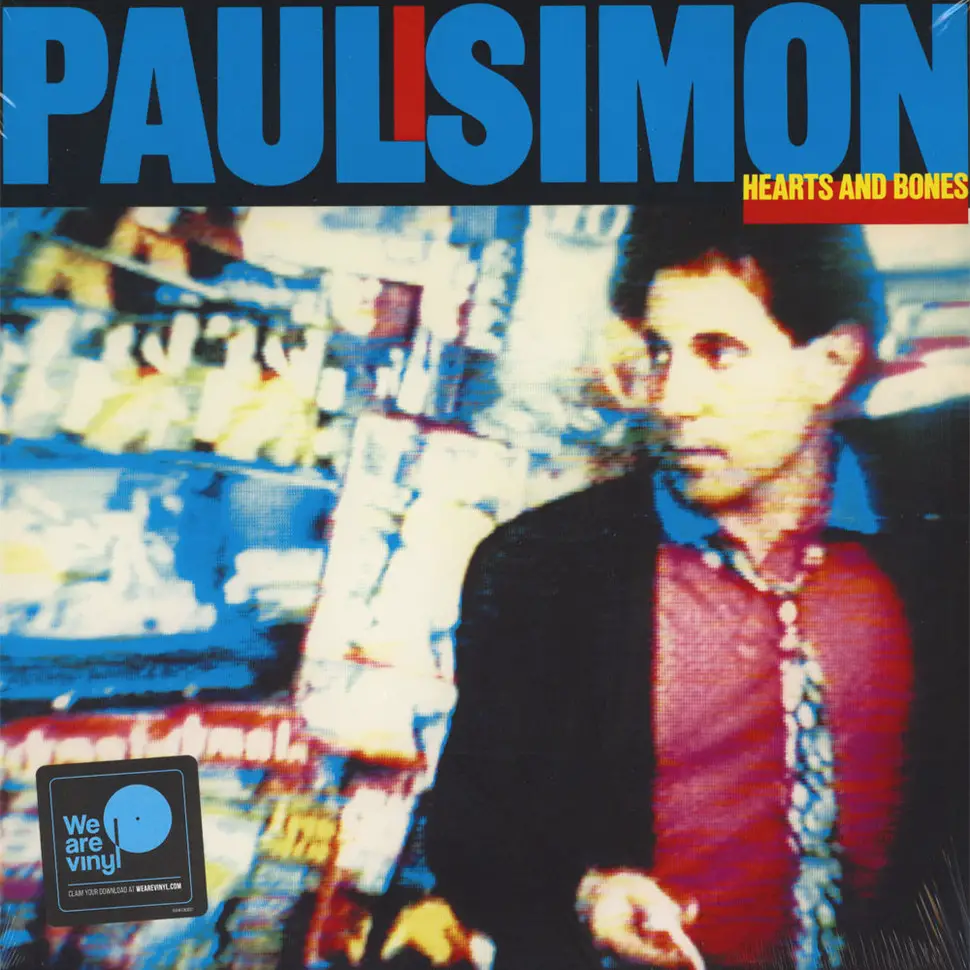
5. Something So Right (There Goes Rhymin’ Simon, 1973)
“A real tear-jerker of a love song from Paul Simon. Self-effacing to the point of bashfulness, the singer modestly plights his troth to a winsome backing in which acoustic guitar and woodwind predominate. One of the highlights from “There Goes Rhymin’ Simon”.
4. Late In the Evening (One-Trick Pony, 1980)
“Despite the multitude of musicians on this track – horn section, percussionists, female backing vocalists – it maintains the slightly sloppy feel of a pick-up gig. Like they all wandered in and laid this one down spontaneously. The horn chart obviously suggests that that’s not at all what happened, but it gives the song a pleasant vibe.”
3. Mother and Child Reunion (Paul Simon, 1972)
“Simon’s first single post S and G and a corker it is too. Not for the first or last time showing that it pays dividends to use local musicians when approaching a different style of music, he employs authentic Jamaica reggae musicians to lay down a groove so good you can almost smell the jerk chicken.”
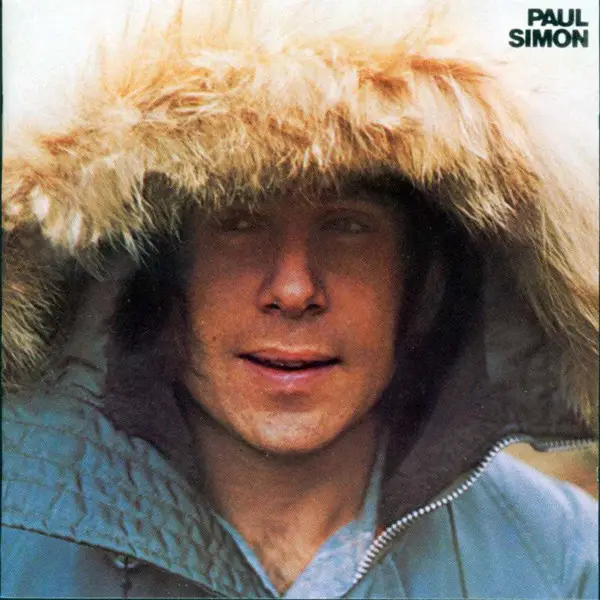
2. Me and Julio Down by the Schoolyard (Paul Simon, 1972)
“Me and Julio” is a cool Latin singalong kicking off with a great opening line, lots of syncopation and “boo-rop” vocal inflections, and a funny little story in the lyric too. Sounding unnaturally natural for him, there’s a joy in the music-making here which he would sometimes struggle to communicate in future releases.”
1. You Can Call Me Al (Graceland, 1986)
“The album’s lead single, “You Can Call Me Al” is indicative of Graceland‘s unique charms. Impossibly catchy, the track transcends the eighties hallmarks that tend to “date” far lesser songs. The music is joyously effervescent – highlighted by the remarkable fretless bass work of Bakithi Kumalo, and the iconic horn riff that runs throughout. Simon’s lyrics are among his most impressionistic, and far more poetic than the average pop hit of its time.”

